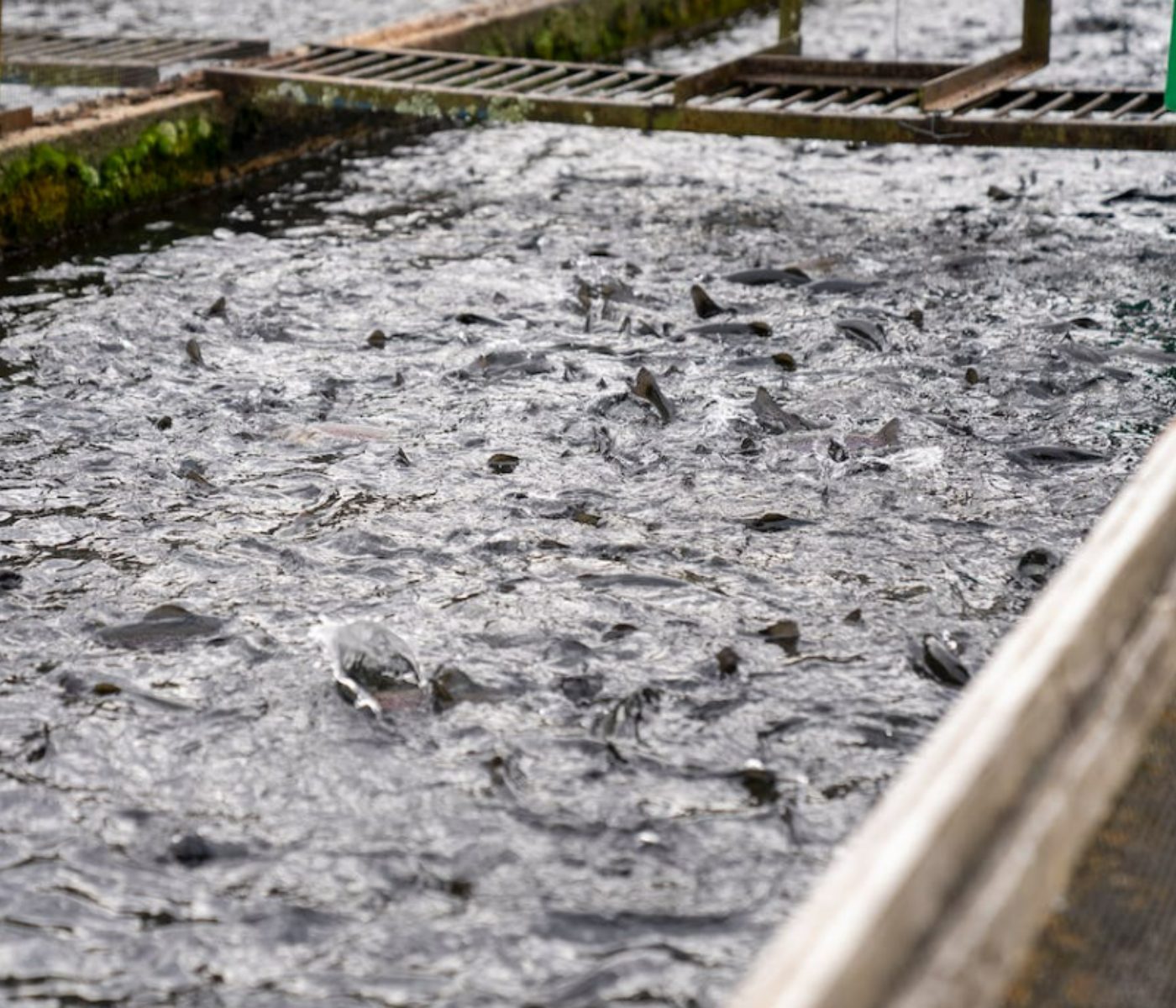The integration of wine and beer residues is considered a viable nutritional and functional additive in fish feeds.
 27 Sep 2023
27 Sep 2023
The integration of wine and beer residues is considered a viable nutritional and functional additive in fish feeds.

Recently, the University of Cádiz shared the findings from the UBAGALAC project. This project has been focused on exploring new ingredients to enhance the quality of feeds in aquaculture since 2020. The initiative has been coordinated by Dr. Juan Miguel Mancera from the University of Cádiz and Dr. Francisco Javier Moyano from the University of Almería.
In this regard, the University of Cádiz states:
The proposal and development of UBAGALAC arise from the growing interest in incorporating ingredients with biological activity into fish feeds, which can benefit the health and resilience of fish against adverse effects such as environmental stress, declining water quality, and potential diseases. These bioactive compounds, with antioxidant and/or immunostimulatory functions, have diverse natures (terpenes, carotenoids, phenolic compounds, etc.) and are often naturally present in many byproducts of the agri-food industry, including those generated in the production of alcoholic beverages (such as wine and beer).
The project wrapped up in July, revealing that the utilization of wine and beer residues in feeds offers numerous nutritional advantages for different species reared in aquaculture.
Among these points, it’s worth noting that the inclusion of grape pomace or red wine lees in the diet leads to a decrease in cortisol levels in fish. This outcome was observed through a stress test designed to reduce oxygen levels in the aquatic environment without causing harm to the animals, while enabling the observation of their responses. Dr. Mancera elaborated on this on behalf of the University of Cádiz:
“…fish fed with diets incorporating either of these two byproducts exhibited reduced cortisol levels (a significant stress indicator) compared to those fed with standard feed. This suggests the potential advantages of incorporating the polyphenols found in wine byproducts to counteract the adverse conditions frequently encountered in aquaculture practices.”
In this context, another trial conducted on gilthead sea bream demonstrated that the growth of the animals and the state of their microbiota were positively affected in the short term. The University of Cádiz emphasizes that:
“the use of wine byproducts in feeds can trigger a series of responses that improve the physiological fitness of the species and prepare them to better withstand potential environmental changes.”
In the end, through an experiment conducted on European sea bass, it was determined that the addition of grape pomace in limited amounts “might assist in transferring its antioxidant potential to the muscle, thereby enhancing its preservation,” a factor that positively influences the quality of the fillet.

Source: UCA (July 28th): “The UBAGALAC project confirms the use of wine and beer residues as functional and nutritional ingredients for aquaculture.” (Content in Spanish)
You may also like to read: “Beer bagasse (Raw Materials)”
Subscribe now to the technical magazine of animal nutrition
AUTHORS

Nutritional Interventions to Improve Fertility in Male Broiler Breeders
Edgar Oviedo
The Use of Organic Acids in Poultry: A Natural Path to Health and Productivity
M. Naeem
Synergistic Benefits of Prebiotics and Probiotics in Poultry, Swine, and Cattle
Gustavo Adolfo Quintana-Ospina
Hybrid Rye Potential in Laying Hen Feed Rations
Gwendolyn Jones
A day in the life of phosphorus in pigs: Part I
Rafael Duran Giménez-Rico
Use of enzymes in diets for ruminants
Braulio de la Calle Campos
Minerals and Hoof Health in the Pregnant Sow
Juan Gabriel Espino
Impact of Oxidized Fats on Swine Reproduction and Offspring
Maria Alejandra Perez Alvarado